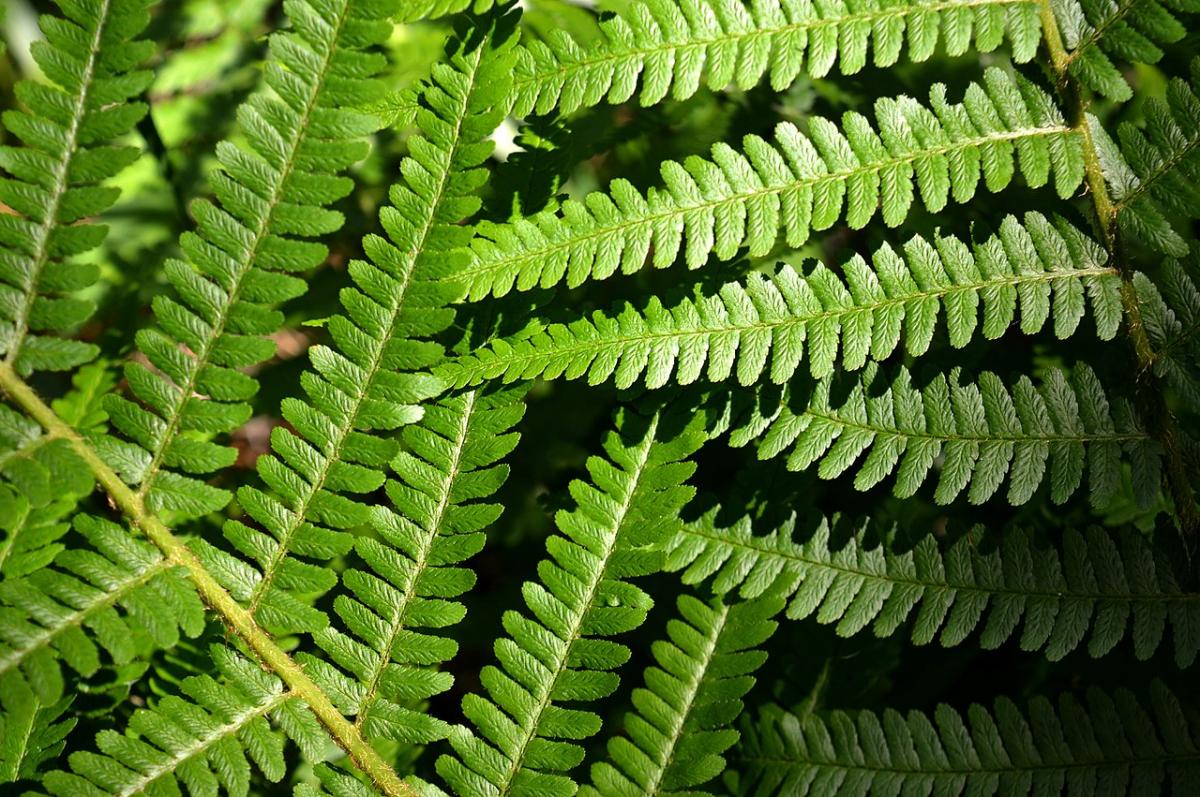
Image - Wikimedia / Ragnar1904
Ferns of the genus Athyrium are plants that have a thick but short rhizome, from which leaves sprout - which are actually called fronds - very beautiful and elegant. In fact, they are often used to beautify gardens, specifically those corners where sunlight does not reach well.
As if that were not enough, there are many varieties, in total 180, although only a small part of them are marketed. Do you want to know what they are?
Origin and characteristics of the Athyrium
The Athyrium they are deciduous ferns belonging to the botanical family Athyriaceae and growing mostly in the northern hemisphere. In general, they are generally small plants, about 40 to 50 centimeters high, with fronds divided into fascicles that have a petiole at their base.
Since all gymnospermsThey do not have flowers, but on the underside of their fronds they have sporangia, which is where the spores (the equivalent of seeds) are produced. These spores are ellipsoidal in shape, and due to their small size they are only visible through a microscope.
Main species
The best known Athyrium varieties are the following:
Athyrium asplenioides
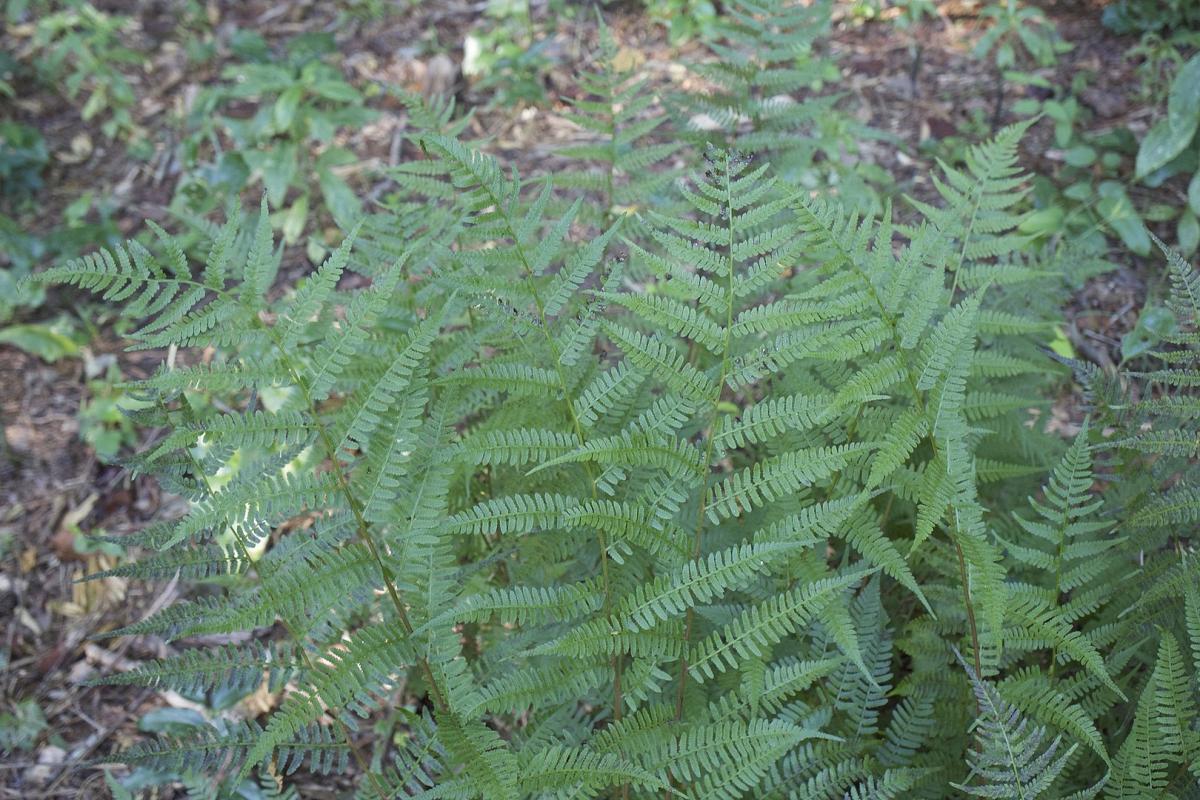
Image - Wikimedia / Shawn Taylor
El Athyrium asplenioides it is a very beautiful plant, with deciduous fronds reaching a length of up to 1 meter long. These are pinnate and green, with a brownish stem.
Lastrea fern-female
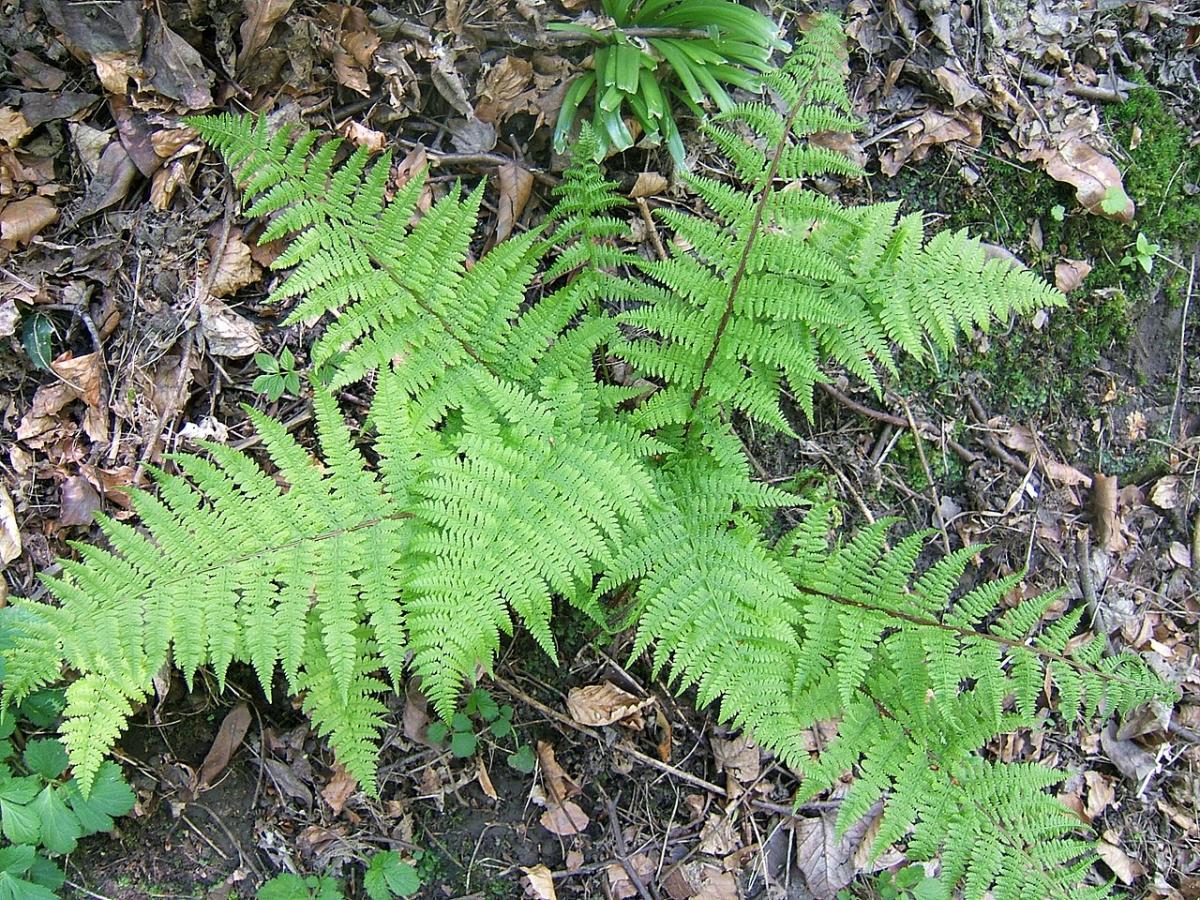
Image - Wikimedia / MPF
El Lastrea fern-female It is the most commercialized variety, known as the well or female fern. It grows in the forests of the northern hemisphere, in those places protected from the sun and where the climate is temperate. Its fronds are green, with a maximum length of 120 centimeters, and with a brown petiole at the base.
A Japanese garden
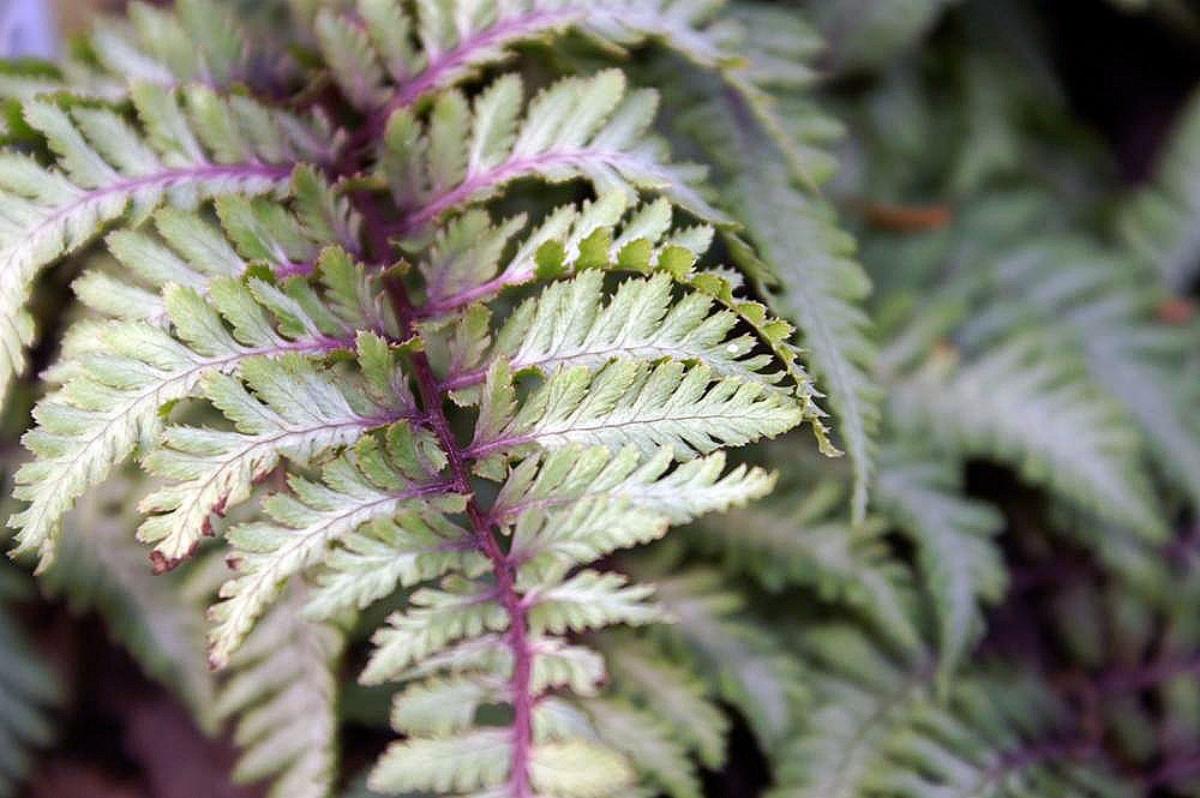
Image - Wikimedia / Derek Ramsey
El A Japanese garden, or the Japanese painted fern, is a highly ornamental variety. Its fronds are between 30 to 70 centimeters long, and they are expired. Its nerves are reddish, a color that contrasts with the glaucous green of the fronds.
Since 2011 the species is part of the genus Anisocampium, but since it is still known by this name, we have included it in the list.
Athyrium otophorum
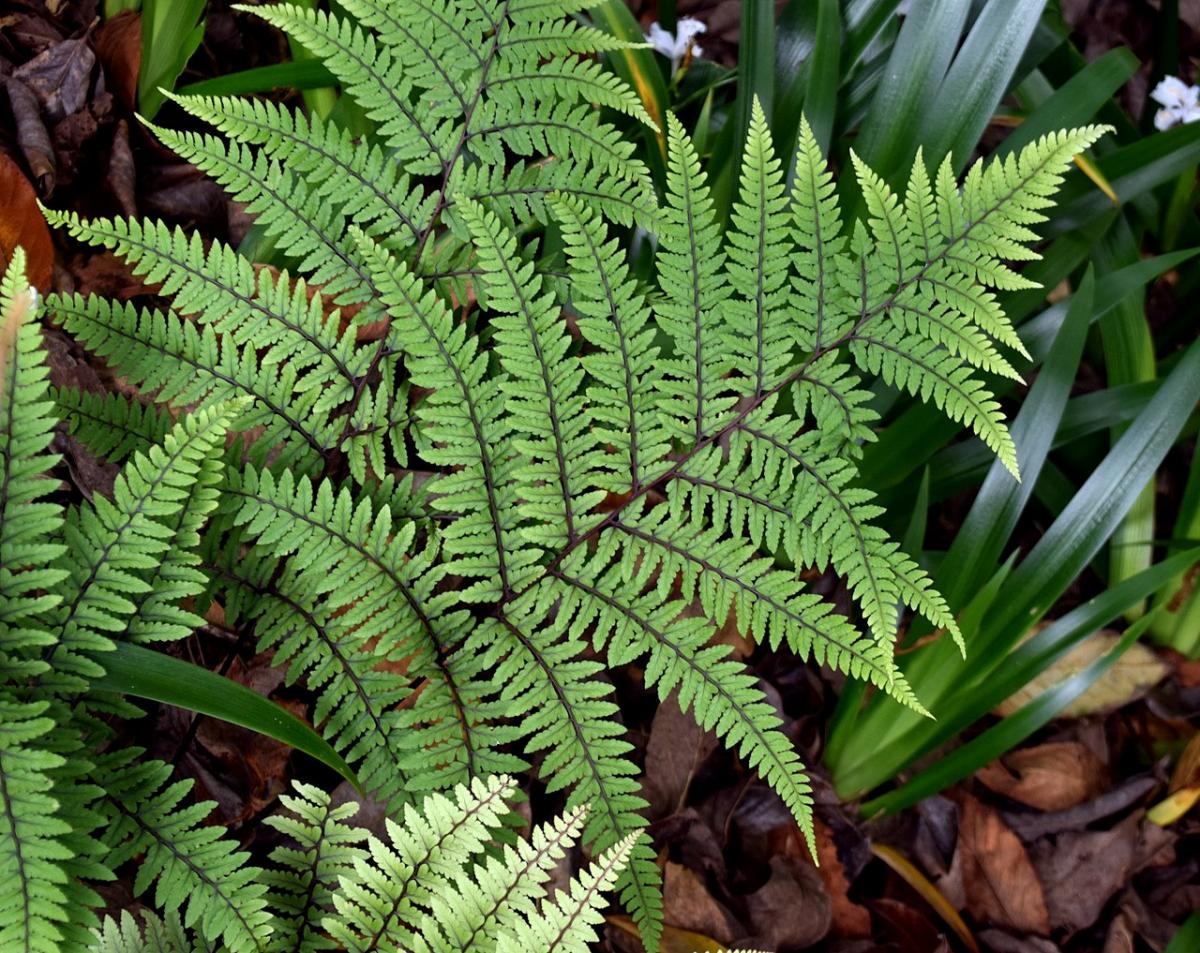
Image - Wikimedia / Krzysztof Golik
El Athyrium otophorum, known as the ear fern, is a plant native to Japan and East Asia that grows to 50 centimeters. Their fronds are pale green when they sprout, and they end up being greenish-gray when they mature. The stems are garnets.
What are the care they need?
If you want to have an Athyrium in good condition, then we are going to tell you how you have to take care of it so that it lasts ... everything that has to last:
Location
These plants must be in semi-shadow. Its roots are not invasive, but if you are going to have them in the ground, we advise you to plant them at a distance of at least one meter from other plants of similar size. In this way, their fronds will not shade them and they will be able to grow without problems.
Earth
- Flower pot: the substrate to be used must be composed of a mixture of mulch (for sale here) and acidic plant soil (for sale here) in equal parts.
- Garden: the soil must be light, rich in nutrients, and slightly acidic, that is, with a pH between 5 and 7.
Irrigation
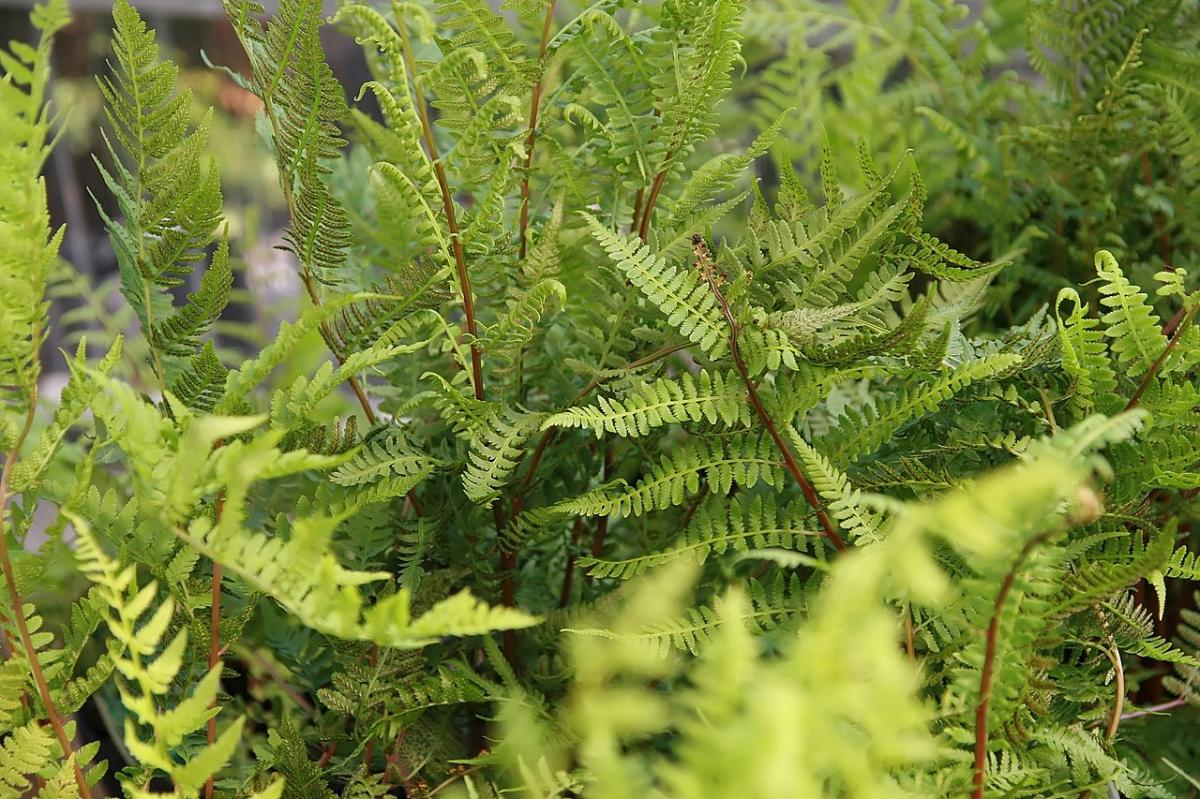
Image - Wikimedia / David J. Stang
Let's move on to irrigation. East it must be frequent in summer, since ferns are not able to withstand drought. But it must be taken into account that the excess of water also harms them, since the Athyrium are not aquatic, if not terrestrial and therefore if they are watered too much the roots will be flooded and they will rot.
With this in mind, it is advisable to water an average of 3, perhaps 4 times a week during that season. The rest of the year, since it usually rains and the temperatures are lower, we will water every 5-6 days. Of course, when we do, it is important to avoid wetting the plant, especially during winter as it could rot.
Humidity
These ferns live in environments with high humidity. For this reason, It is important that if the humidity of the garden is very low, you spray its fronds (leaves) with rain or soft water. It is also interesting, especially if you are indoors, to put containers with water around the pot.
Subscriber
In spring and even summer (or autumn if you are in an area where the climate is warm, or there are no strong frosts) it is important that you fertilize it so that it can grow well. Use fertilizers such as guano or universal, following the instructions for use.
Transplant
In case you want to plant it in the garden, you have to do it in spring. If you have it in a pot, you have to move it to a larger one when you see that it has run out of space to continue growing.
Rusticity
Resistance to cold varies according to the species. For example:
- Athyrium asplenioides: according to the English portal DavesGarden, it resists up to -39,9ºC.
- Lastrea fern-female: up to -5ºC.
- Athyrium otophorum: up to -10ºC.
What do you think of these plants?